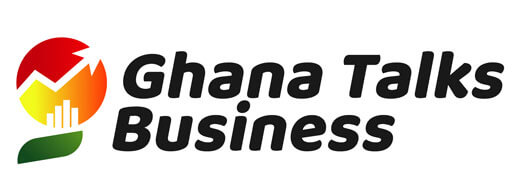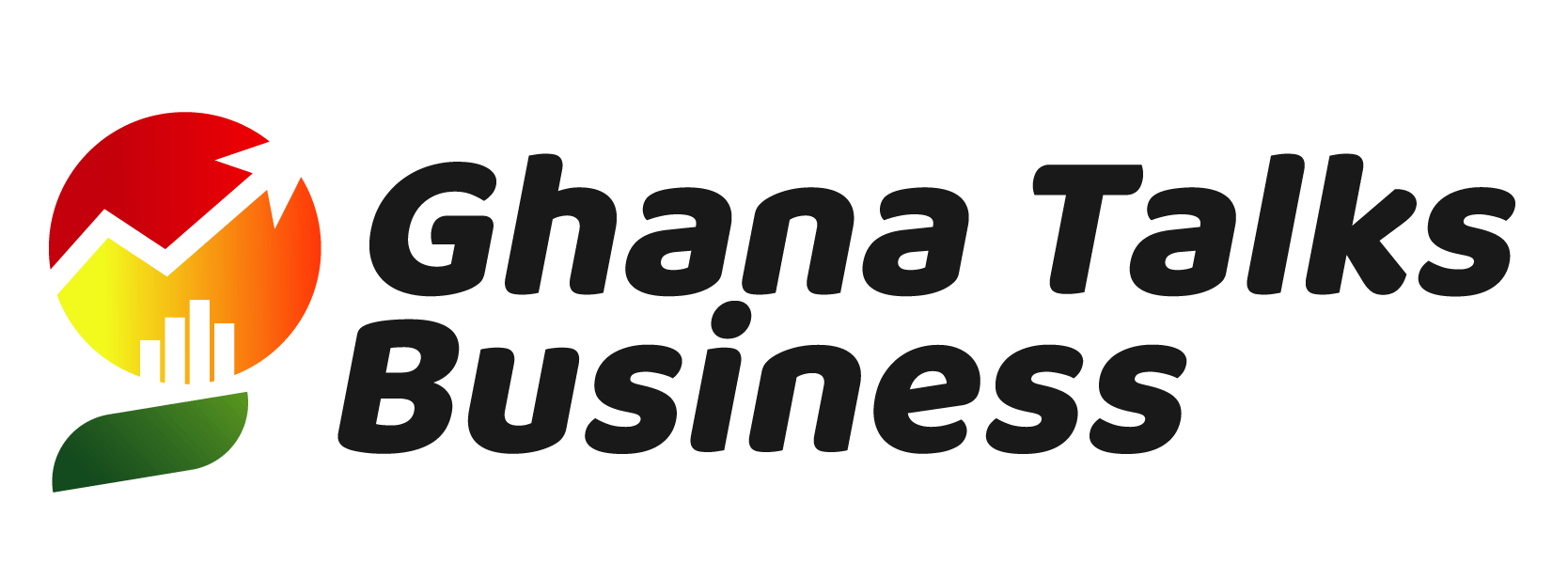
Instead, find ways to build your business and train your team to meet any challenge from our changing technology.
Blink, and it’s easy to get left behind in the search marketing world because just as fast as you learn it, it can—and often does—change.
So how can you stay ahead when your business runs solely on your ability to provide the intellectual capital your clients need to keep on top in fields as dynamic and ever-changing as SEO or data recovery? That’s the question I set out to answer when I met with fellow thought leader, client and all-around tech guru Sean Wade of 24-Hour Data.
I decided to pen some of the best practices we employ to keep not only ourselves, but our entire teams educated, up to speed and one step ahead in a rapidly and consistently moving technological space.
I’ve found that people who are especially passionate often possess a strong drive to be lifelong learners, a prerequisite for this line of work.
Tweet
1. Hire Lifelong Learners and Invest in Their Individual Growth
When it comes to new hires, I’m always on the hunt for candidates who display an aptitude and interest in continuing to learn. I’ve found that people who are especially passionate often possess a strong drive to be lifelong learners, a prerequisite for this line of work.
Wade echoed these sentiments: “Being involved in the technology industry is like going to college and never leaving.”
But while individuals who naturally exhibit an insatiable quest for learning may be more likely to self-motivate, Wade and I have both observed that giving team members a slight push to master certain skills and take their natural aptitudes to the next level can pay off. When fostered, the investment in your staff’s recognized talents may translate to substantially happier employees and more solid, up-to-the-minute service offerings for your clients.
2. Educate From the Top Down and Bottom Up
Wade also said that one of the best ways to elevate the entire team at the same time and ensure everyone is well versed in the unending number of technological updates is to create a culture of sharing. This way, no one on the line is trying to individually be the best but, rather, is working to ensure that everyone is.
When working in tandem, your team can act as a well-oiled machine that mentors one another across all departments. When the hierarchy of sales versus administration versus upper management is mitigated, employees often feel encouraged to learn from one another’s past experience. By collapsing any potential divides and entering a space where every member of the team, including senior and executive staff, are equals, employees are more apt to share new findings and success stories.
At both our offices, working within a completely cubicle-free, open-floor concept helps us to encourage open communication between team members. In doing so, recovery engineers or strategists can freely pass along any new software or hardware updates as well as the specific ways they’ve attained wins and fixes for their clients. This way, one win becomes everybody’s win.
3. Always Advance the Great Unknown
Even with the best, brightest and most experienced staff members, there are going to be unknowns. Whether you’ve been doing something for six months or six years, technology can turn on a dime, so knowing where to go for answers when you come up against an unknown is key.
For Wade’s team of engineers, it’s all about using their network and pre-existing relationships. By knowing where his staff came from, he often finds direct connections with insiders at partner or supplier companies who can help quickly resolve complex hardware issues. He’s also quick to take to the Internet and seek out industry-specific groups on LinkedIn. In his experience, no matter how niche your market, there’s likely a team of people who’ve successfully navigated your current struggles and can easily lead you to a resolution.
For my employees, we’ve found that pioneering our own original research is the best way to glean the answers we seek. As an example, when we were asked how generic top-level domain sites compared to traditional dotcom domains, we answered by publishing a white paper that details our setup and execution of a series of experiments to compare their performance.
So when the answers don’t seem to readily exist, find the means to answer the question yourself. It may help attract clients who are looking for a thought leader as opposed to merely a service provider.
The next time the technology wave makes its inevitable lurch forward, these best practices can help keep you from getting swallowed by its undercurrent—and maybe even help you stay ahead of the break.
Author: Eric McGehearty is the CEO of Globe Runner, a top-performing, SEO and digital marketing firm, and a member of Young Entrepreneur Council, an invite-only organization comprised of the world’s most promising young entrepreneurs.







